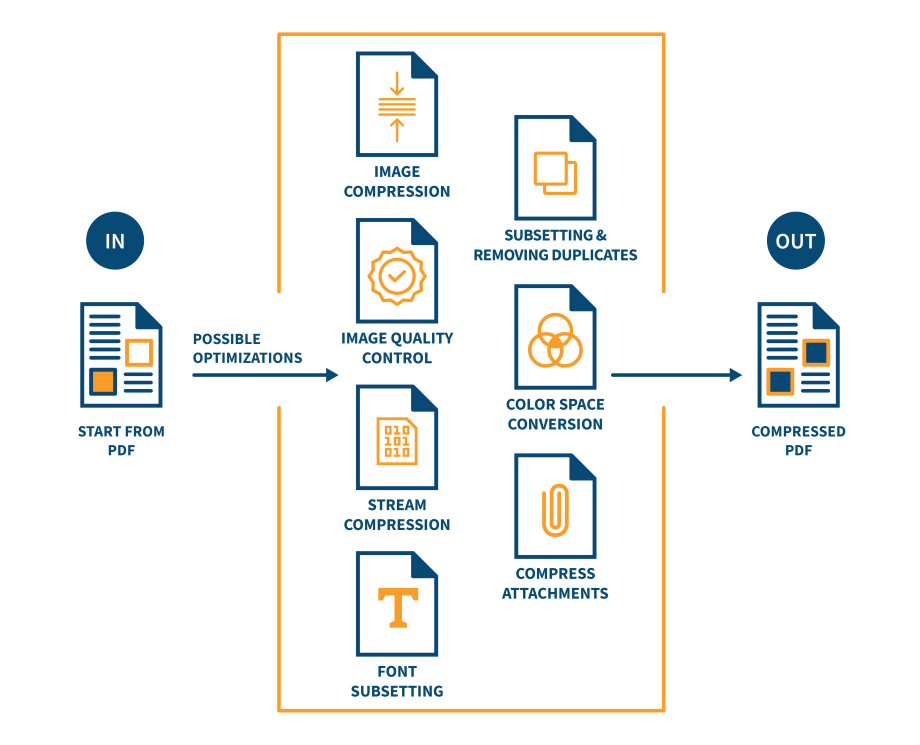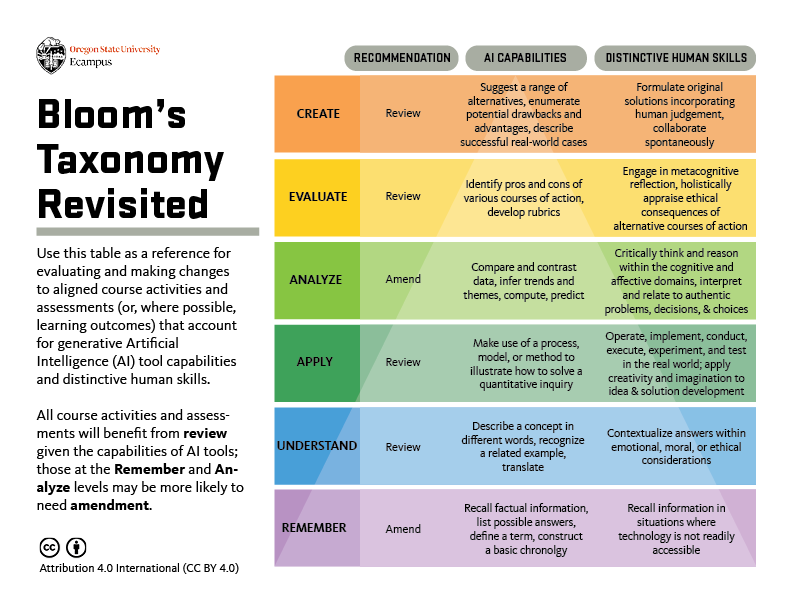Claude PDF Summarizer: The Complete Guide to AI-Powered Document Analysis
Understanding Claude's PDF Processing Revolution
I've discovered that Claude AI represents a breakthrough in document intelligence, processing PDFs up to 500 pages with advanced visual and textual comprehension. Unlike traditional text extractors, Claude analyzes charts, tables, images, and layouts within PDFs, providing contextual understanding that goes far beyond simple text parsing. When combined with PageOn.ai's Deep Search capability, you can integrate Claude's summarization power directly into visual workflows, automatically finding and incorporating relevant document insights.
Core Capabilities: What Sets Claude Apart
Multi-Format Document Processing
I've found that Claude's versatility in handling various document formats is truly impressive. It supports PDF, DOCX, CSV, TXT, and numerous other document formats through a unified interface. What makes this particularly powerful is its ability to process financial reports with accurate extraction of revenue figures, charts, and complex tables—something that traditional PDF tools often struggle with.
Document Processing Capabilities Comparison
When working with legal documents, research papers, and technical manuals, Claude demonstrates specialized understanding that goes beyond simple text extraction. By integrating with PageOn.ai's AI Blocks, I can structure these extracted insights into visual presentations automatically, making complex information instantly accessible to my team.
Visual Intelligence Features
What truly sets Claude apart is its ability to analyze embedded charts, graphs, and diagrams within PDFs—not just the text content. I've tested this with complex financial reports containing intricate visualizations, and Claude interprets visual layouts and document structure for better contextual understanding. It even recognizes and processes scanned documents through integrated OCR capabilities.

Through PageOn.ai's Vibe Creation feature, I can transform this complex visual data into clear, structured summaries that resonate with my audience. This combination of Claude's analytical power and PageOn.ai's visualization capabilities creates a workflow that's both efficient and visually compelling.
Implementation Methods: Three Approaches to PDF Analysis
PDF Processing Workflow
Here's how I approach different implementation methods for PDF analysis:
flowchart TD
A[PDF Document] --> B{Choose Method}
B --> C[Direct Upload]
B --> D[API Integration]
B --> E[Platform-Specific]
C --> F[Claude.ai Interface]
F --> G[Instant Summary]
D --> H[URL-based]
D --> I[Base64-encoded]
D --> J[Files API]
E --> K[Amazon Bedrock]
E --> L[Google Vertex AI]
G --> M[PageOn.ai Visualization]
H --> M
I --> M
J --> M
K --> M
L --> M
style A fill:#FF8000,stroke:#333,stroke-width:2px
style M fill:#42A5F5,stroke:#333,stroke-width:2px
Direct Upload Method
I frequently use the simple drag-and-drop interface at claude.ai for immediate processing. You can upload single or multiple PDFs (up to 5 simultaneously) for batch analysis. Commands like "Summarize PDF" or "Extract key findings" deliver targeted results, and PageOn.ai can then visualize these summaries through automated block-based layouts.
API Integration Approach
For programmatic access, I leverage three API options: URL-based, base64-encoded, or the Files API. This supports batch processing for high-volume document workflows. Token usage runs approximately 1,500-3,000 tokens per page plus image processing costs. I integrate these with PageOn.ai's Agentic processes to transform API outputs into polished visuals.
Platform-Specific Implementations
Recent analysis from implementation experts shows that Amazon Bedrock offers two modes: basic text extraction versus full visual understanding (which requires citations enabled). Google Vertex AI provides seamless integration with Claude models, while direct API access offers maximum control over processing parameters.
I've found that PageOn.ai bridges these platforms beautifully, creating unified visual documentation regardless of which implementation method you choose. This flexibility ensures that your workflow remains consistent even as you scale across different platforms.
Optimization Strategies for Maximum Efficiency
Performance Enhancement Techniques
- • Place PDFs before text prompts in requests for optimal processing speed
- • Enable prompt caching for repeated analysis of the same documents
- • Split large PDFs into logical chunks when exceeding 100-page limits
- • Use PageOn.ai's AI Blocks to organize summarized chunks into coherent visual narratives

Cost Management Considerations
| Plan Type | File Size Limit | Usage Limits | Cost |
|---|---|---|---|
| Free Tier | 10MB | 5 summaries/4 hours | $0 |
| Pro Plan | 30MB | Enhanced capabilities | $20/month |
| API Usage | 32MB | Pay per token | Variable |
I've calculated that token estimation runs about 7,000 tokens for 3-page visual analysis versus just 1,000 for text-only processing. To maximize value, I leverage PageOn.ai to transform these summaries into reusable visual assets that can be shared across teams and presentations.
Advanced Use Cases and Applications
Research and Academic Applications
In my research work, I use Claude to AI summarize PDF files for literature reviews and research synthesis. It extracts methodology, findings, and conclusions from multiple papers simultaneously, generating citation-ready summaries with proper academic formatting.
What's particularly powerful is how PageOn.ai transforms these research summaries into presentation-ready visual formats, making complex academic content accessible to broader audiences.
Business and Professional Workflows
For business applications, I've implemented Claude for financial report analysis with automatic chart and table interpretation. It excels at legal document review with key clause extraction and risk identification. Teams can summarize PDF online for collaboration and knowledge sharing.
Using PageOn.ai's structured content blocks, I create visual executive summaries that communicate complex business intelligence at a glance.
Time Savings Across Different Use Cases
Comparative Analysis: Claude vs. Alternative Solutions
Claude's Unique Advantages
Through extensive testing, I've found that Claude offers superior visual understanding compared to text-only summarizers. It generates varied, nuanced summaries from the same document based on different prompts, handling complex formatting and mixed media content effectively. The seamless integration with PageOn.ai for visual transformation of summaries sets it apart from competitors.
Alternative Tools Comparison
While exploring alternatives, I discovered that AI PDF summarizer tools like UPDF offer 2GB file limits but less visual intelligence. ChatGPT provides similar capabilities but with different token limits and pricing structures.

Notion AI PDF summarization integrates with workspace environments but lacks standalone flexibility. Meanwhile, users often wonder can Copilot summarize a PDF alongside Claude for comparison and validation.
What makes PageOn.ai unique is its ability to combine multiple AI summarizers' outputs into cohesive visual presentations, giving you the best of all worlds.
Best Practices and Expert Tips
Prompt Engineering for Optimal Results
- ✓ Use specific commands: "Extract financial metrics" vs. generic "Summarize"
- ✓ Request structured outputs: bullet points, numbered lists, or heading-based organization
- ✓ Combine multiple prompts for comprehensive analysis from different angles
- ✓ PageOn.ai's Vibe Creation translates structured outputs into visual hierarchies
Workflow Integration Strategies
- ✓ Implement batch processing for document libraries and archives
- ✓ Set up automated summarization pipelines using API integrations
- ✓ Compare outputs from multiple AI tools for validation
- ✓ Use PageOn.ai to consolidate insights into unified visual documentation
Best Practice Workflow
flowchart LR
A[Input PDF] --> B[Optimize Format]
B --> C[Craft Specific Prompts]
C --> D[Claude Processing]
D --> E[Validate Output]
E --> F[PageOn.ai Visualization]
F --> G["Share & Collaborate"]
style A fill:#FF8000,stroke:#333,stroke-width:2px
style G fill:#66BB6A,stroke:#333,stroke-width:2px
Future Developments and Emerging Capabilities
Upcoming Features and Improvements
I'm excited about the roadmap ahead. Extended context windows beyond current 200K token limits will enable processing of entire book manuscripts. Enhanced multilingual support for global document processing will break down language barriers. Improved handling of complex technical diagrams and scientific notation will serve specialized fields better.
Industry experts predict that PageOn.ai's Deep Search will soon automatically discover and integrate relevant PDFs into visual workflows, creating an even more seamless experience.
Integration Possibilities
The future holds exciting possibilities for direct integration with cloud storage services for seamless document access. Real-time collaborative summarization for team environments will transform how we work together. Custom fine-tuning for industry-specific document types will provide unprecedented accuracy.
Most importantly, PageOn.ai's Agentic processes will orchestrate multi-step document analysis and visualization workflows, turning complex document processing into a single, streamlined operation that delivers beautiful, actionable insights.

Transform Your Document Workflow with PageOn.ai
Ready to revolutionize how you process and visualize PDF documents? Combine Claude's powerful analysis with PageOn.ai's stunning visual creation tools to turn complex documents into clear, actionable insights that drive results.
Start Creating with PageOn.ai TodayYou Might Also Like
Unlocking Innovation: How Democratized Development Tools Break Technical Barriers
Discover how democratized development tools are reshaping technical landscapes by breaking down barriers, enabling non-technical users to create sophisticated applications without coding expertise.
Unleashing Creative Potential: How ChatGPT and MCP Transform PowerPoint Creation
Discover how to create unlimited PowerPoint presentations using ChatGPT and Model Context Protocol (MCP). Learn step-by-step techniques, prompt engineering, and advanced features for AI-powered slides.
Creating Emotional Journeys Through Strategic Path Design | Transforming Experiences
Discover how strategic path design creates powerful emotional journeys that transform ordinary experiences into memorable stories. Learn practical frameworks and visualization techniques.
Breaking ChatGPT Premium Limits: Chrome Extension Integration Guide
Discover how to overcome ChatGPT Premium limitations using Chrome extensions. Learn about top extensions, implementation guides, and advanced integration techniques for unrestricted AI assistance.